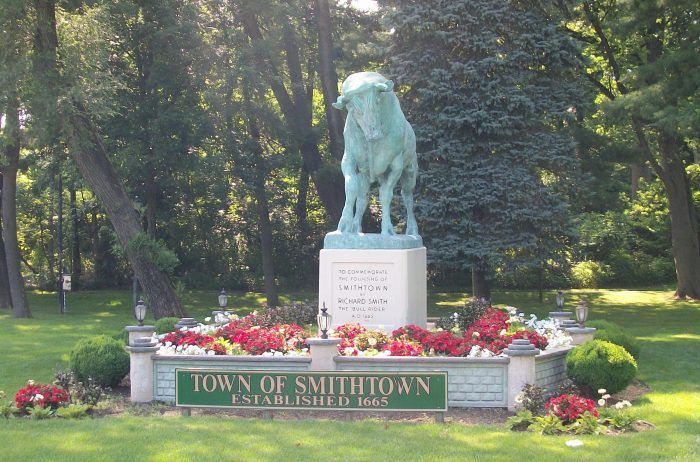U.S. Reps. Nick LaLota (R-NY-1) and Joe Courtney (D-CT-2), co-chairs of the Long Island Sound Caucus, introduced Sept. 13 the bipartisan Long Island Sound Restoration and Stewardship Reauthorization Act of 2023, which would reauthorize the Long Island Sound programs to ensure the protection and preservation of the Sound.
This is the House companion to legislation introduced by U.S. Sens. Kirsten Gillibrand (D-NY), Richard Blumenthal (D-CT), Chuck Schumer (D-NY) and Chris Murphy (D-CT).
“As the co-chair of the Long Island Sound Caucus, I am proud to introduce the Long Island Sound Restoration and Stewardship Act,” LaLota said. “The Long Island Sound is not just a body of water — it’s a way of life for our community.”
The congressman added, “This legislation underscores the vital importance of preserving this natural treasure, not only for our environment but for the thriving fishing industry that sustains Long Island’s economy.”
In 1985, Congress created the Long Island Sound Study to identify and address the major environmental problems affecting the Sound. The LISS brings together the U.S. Environmental Protection Agency, New York State, Connecticut State, nonprofit organizations and educational institutions to help restore and protect the Long Island Sound, including the watershed, which spans up toward New Hampshire and Vermont into Canada.
The new act would reauthorize the Long Island Sound programs from 2024 through 2028.
“The Long Island Sound is a unique ecological resource for eastern Connecticut and is home to a vast array of economic activities in our region,” Courtney said. “Last year our region secured an historic new investment for the Long Island Sound from the federal Infrastructure Law and the FY23 government spending package,” adding, “Reauthorizing the Long Island Sound programs ensures Congress can continue to invest in the preservation and protection of this special region.”
To read the full text of the legislation, visit lalota.house.gov.








